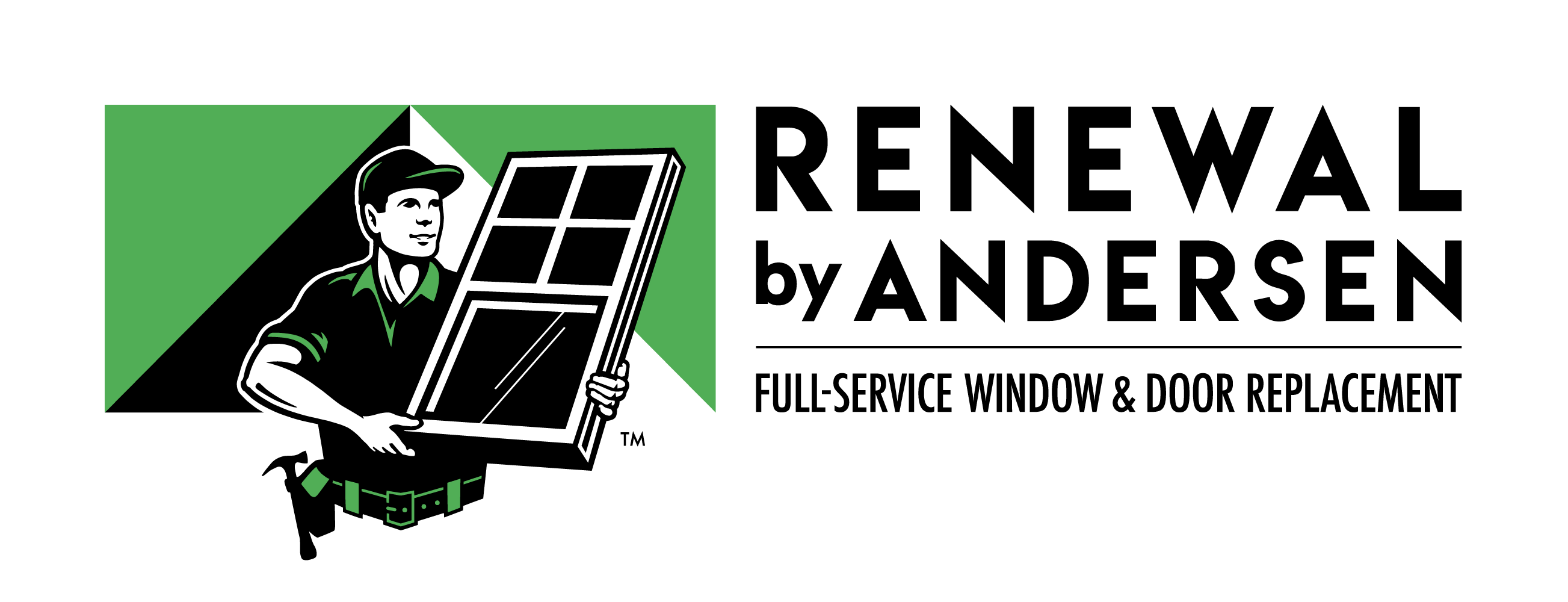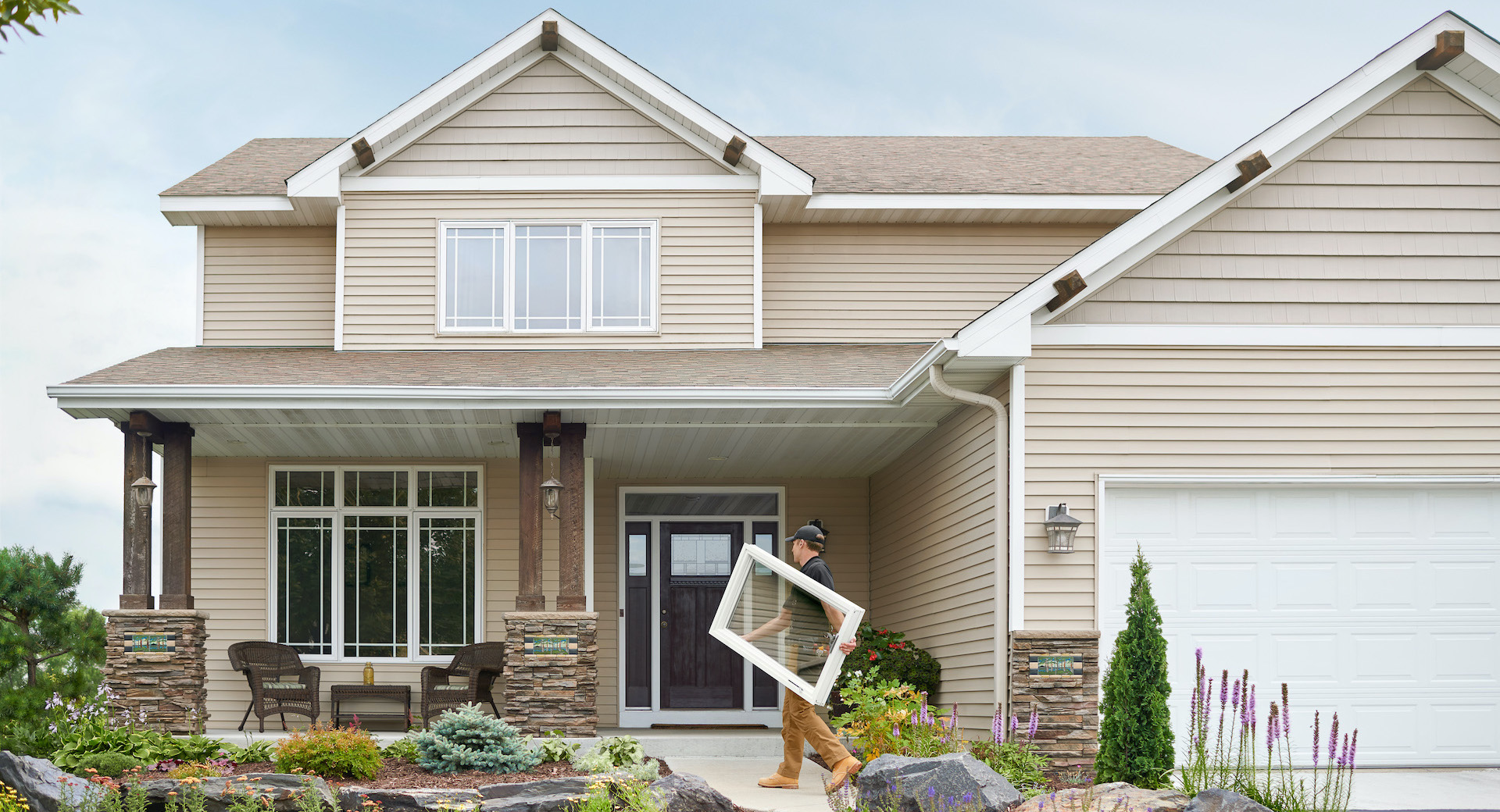13 Jul Talking Window Tint: Seeing the Possibilities & Discussing the Solutions
The afternoon sun can be a brutal adversary to the eyes, particularly at the height of summer in Florida. What’s more, these rays of light are especially adept at fading your furniture, heating your home, and making a general mess of your energy efficiency.
It’s for these reasons that many homeowners over the years have turned to window tinting films as their go-to solution.
But that only begs the question: Should you hope on the tinting train, too?
What Are Window Films?
”Windows typically occupy about 15 to 20 percent of the surface area of the walls,” according to Pennsylvania State University’s College of Earth and Mineral Sciences. “Windows not only add aesthetic looks and often a very important aspect of a home, but also a very significant component of home heating and cooling costs.”
Thus, window films are applied to the glass of a window in order to tint the overall opening, thereby reflecting light that would otherwise heat a home as well as bleach and damage the property inside.
Depending on the shade of the tint film itself, some homeowners may also find themselves allured by the idea of enhanced privacy.
However, window films are generally applied to an existing window. In other words, one may either have to pay an unpreferable amount of money for professional application or otherwise risk the potential for bubbles, folding, or damage to the film in a DIY project.
Should I Invest In A Window Film?
If you have a home that is subject to skyrocketing energy bills as a result of the fluctuating outdoor temperatures, a window tint film might certainly sound appealing. However, window films only serve to block intruding infrared light — it will not help your home to retain heat in the colder months.
Thus, we recommend that homeowners invest instead in low-E glass, which can:
- Block short-wave infrared light
- Block long-wave infrared light
- Prevent indoor heat from escaping
Moreover, low-E windows that utilize a passive tinting process will have the tint bonded to the glass itself during the manufacturing process, meaning you won’t have to worry about the aforementioned bubbling, peeling, or other such imperfections.
What’s more, by investing in a low-E glass, you can ensure you will be left with an exceptional window warranty, whereas the application of a window film may otherwise void an existing policy.
What Should My Next Steps Be?
If you know you’re ready to block damaging rays while also enjoying the natural sunlight that pervades your home each peaceful morning, Renewal by Andersen® of Florida has the brightest solution for you yet: High-Performance™ Low-E4® SmartSun™ glass!
Not only does this state-of-the-art window technology protect from 95% of harmful UV rays, but it is increasingly efficient in the signature heatwaves of the Florida summer.
What’s more, you can enhance your overall window performance by framing your low-E glass windows with enhanced Fibrex®! This material is lauded for its ability to insulate approximately 700 times better than aluminum, meaning your windows will be comprehensively protected and fortified from the inside out… and the outside in!
So, are you ready to lower your energy bills while increasing your overall curb appeal? Then it’s time to contact Renewal by Andersen® of Florida! To learn more about our services, products, and various window styles, call our team today at (855) 830-2420.

